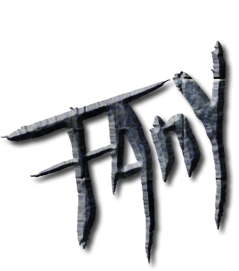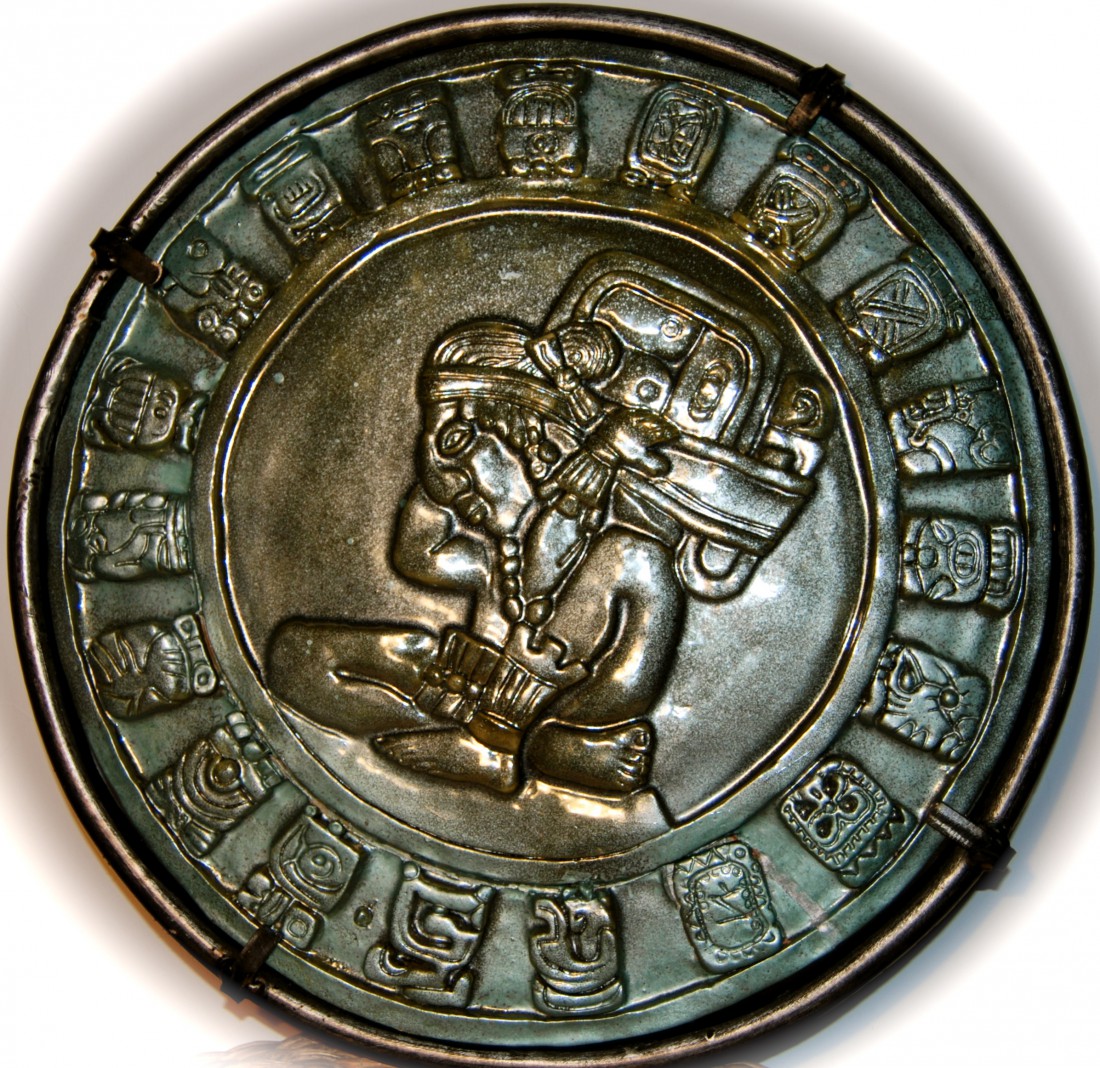
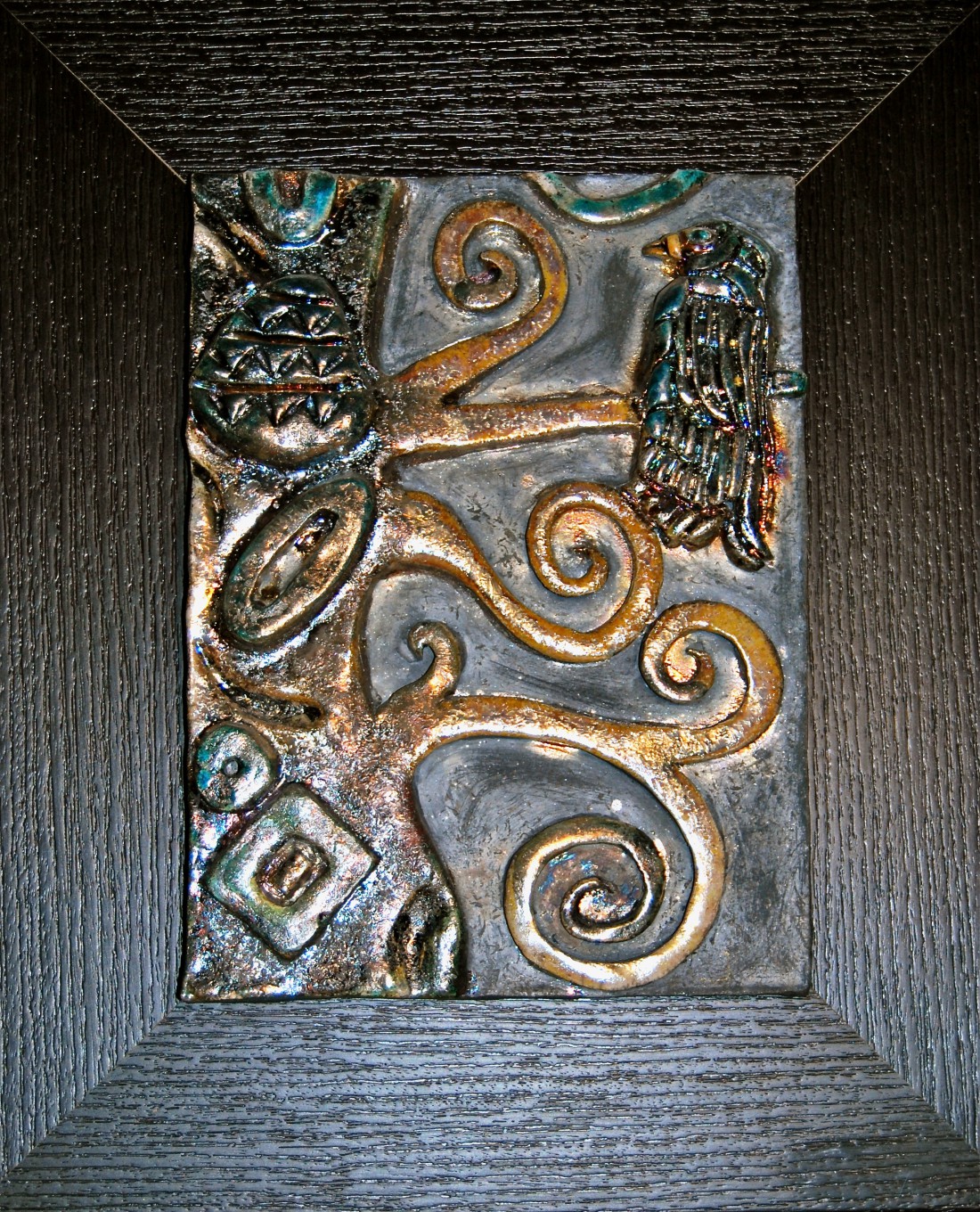
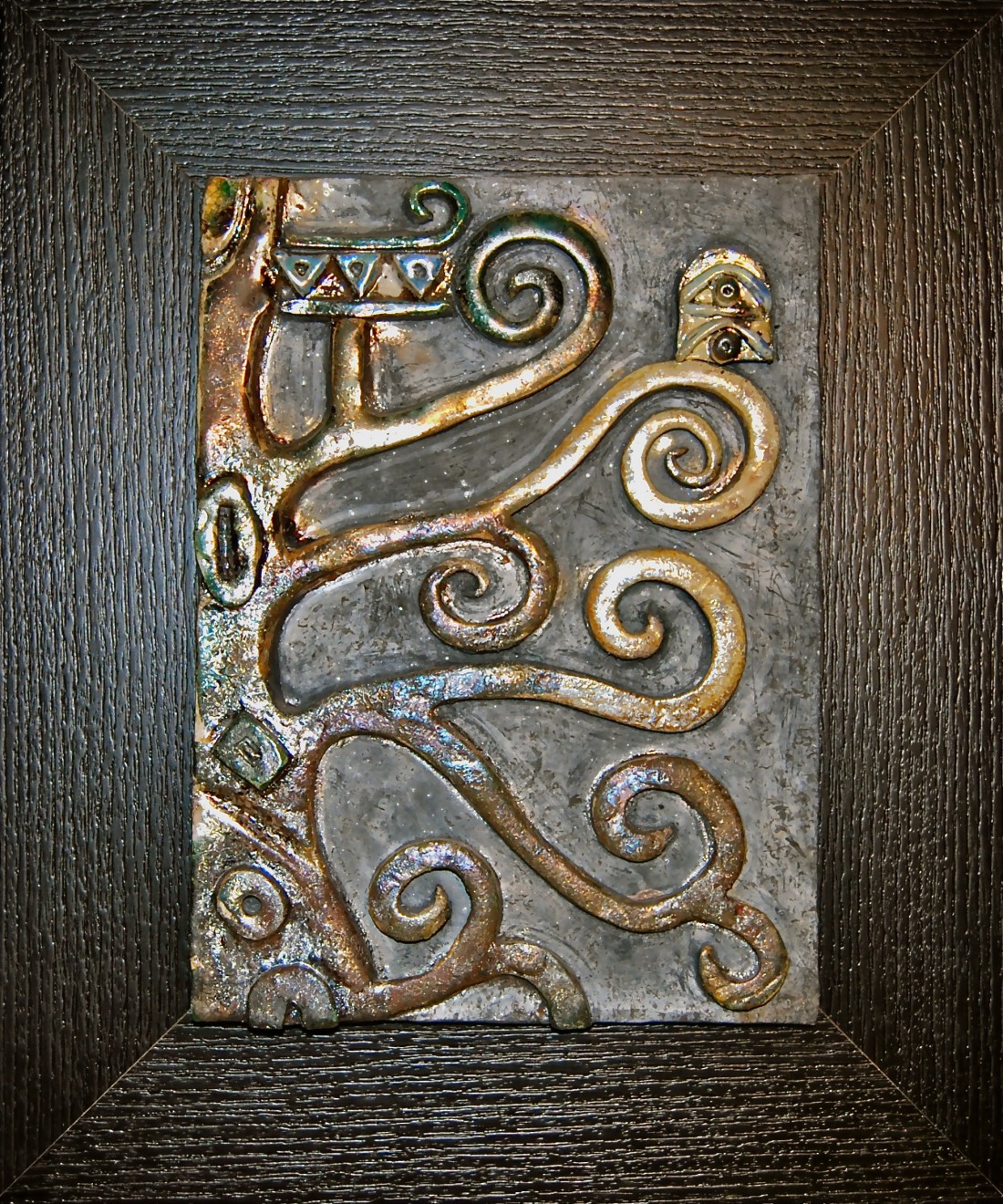

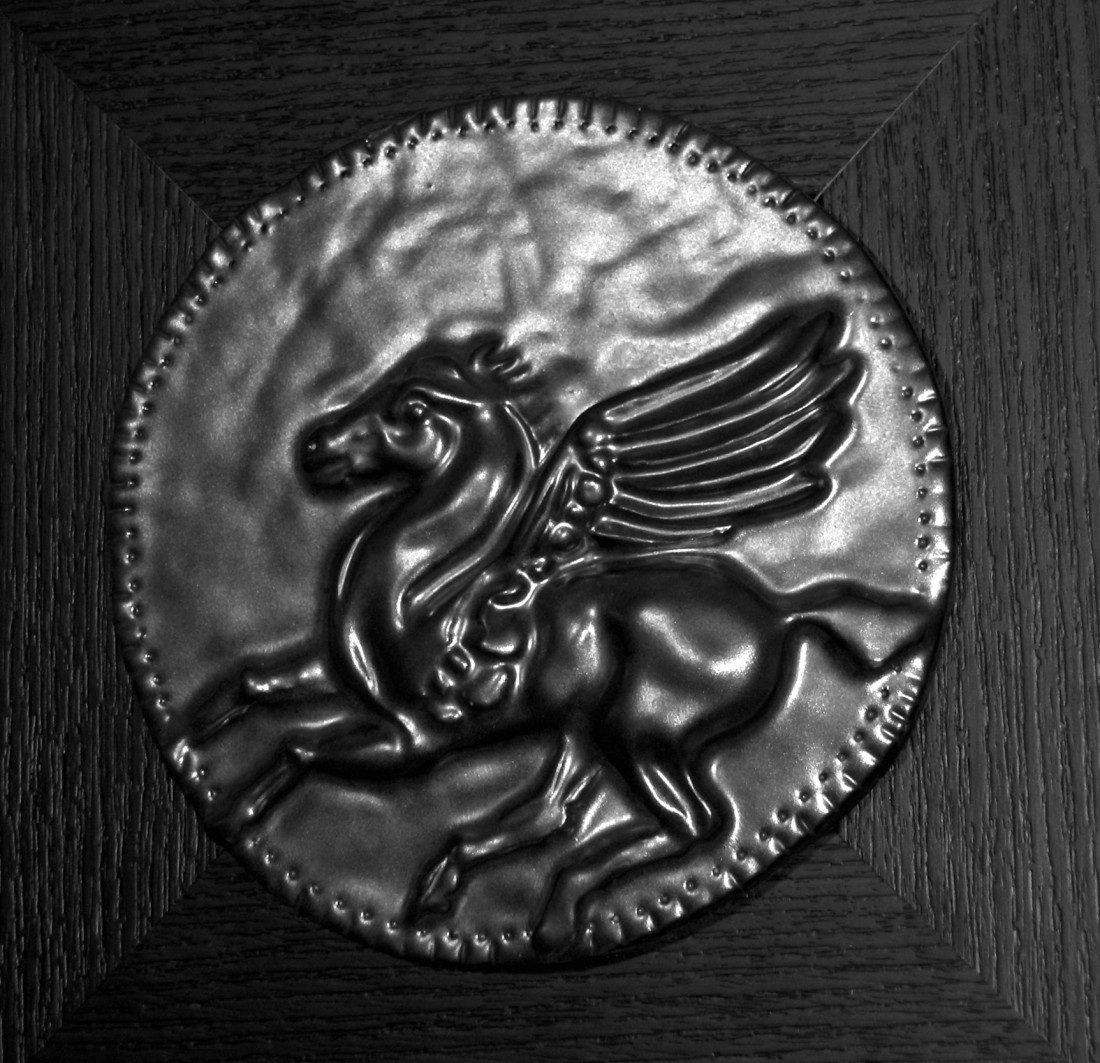
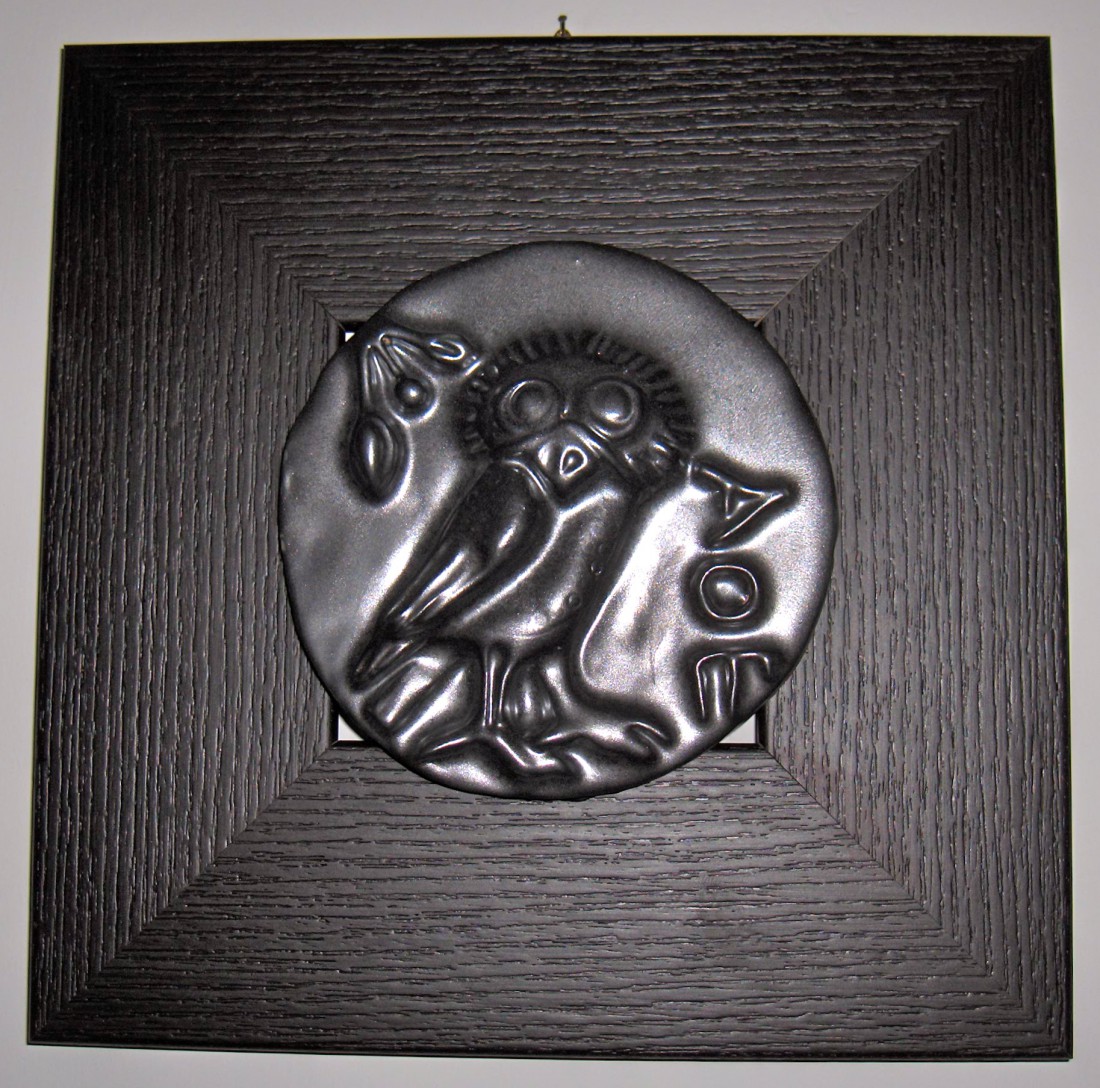
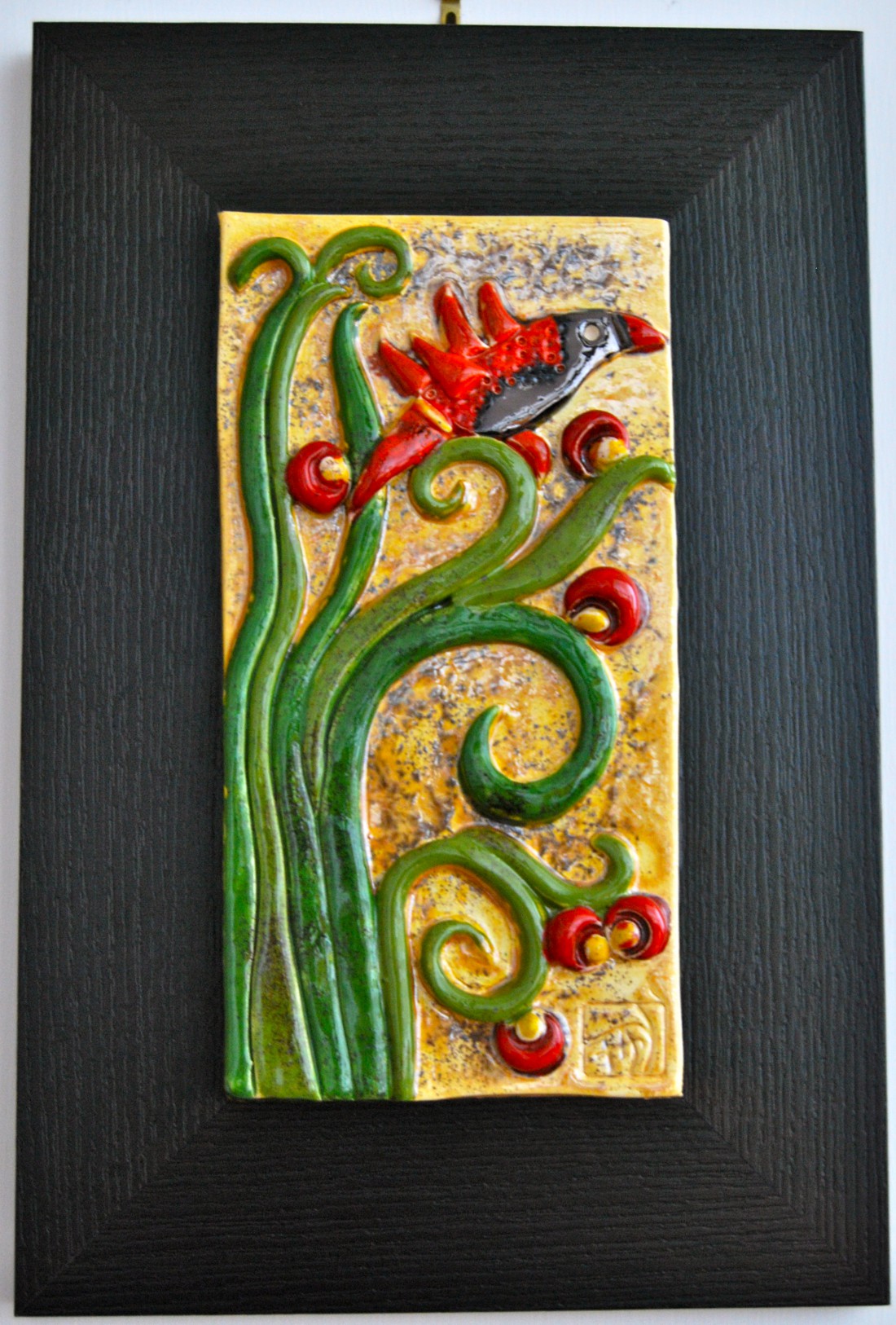
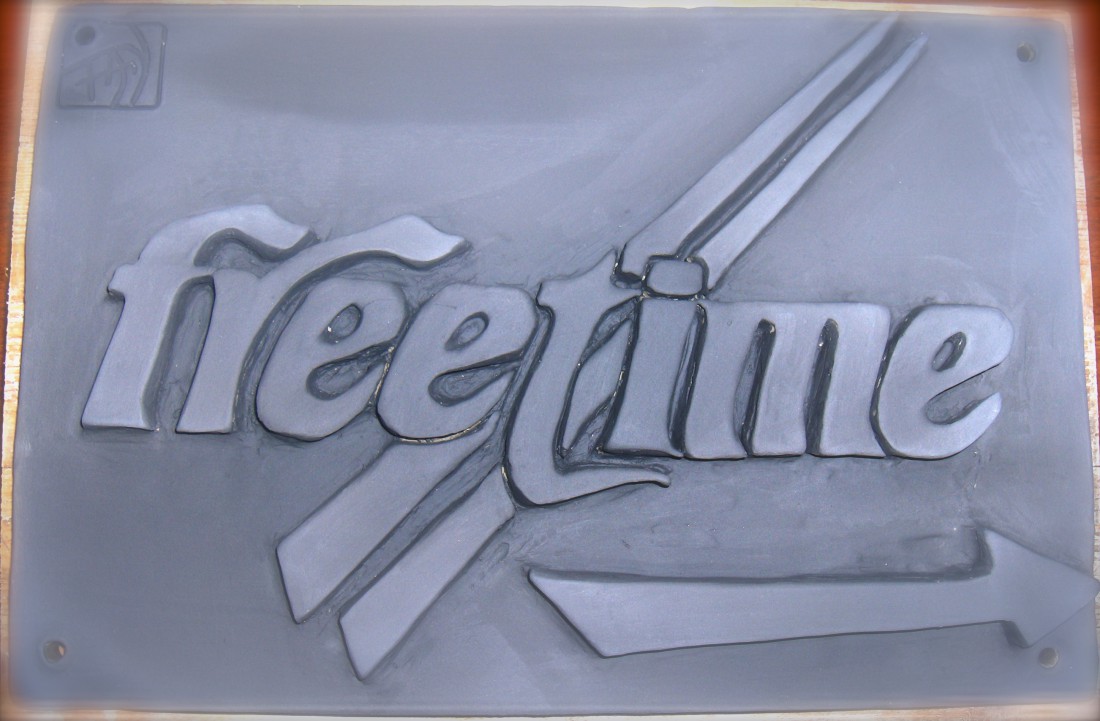
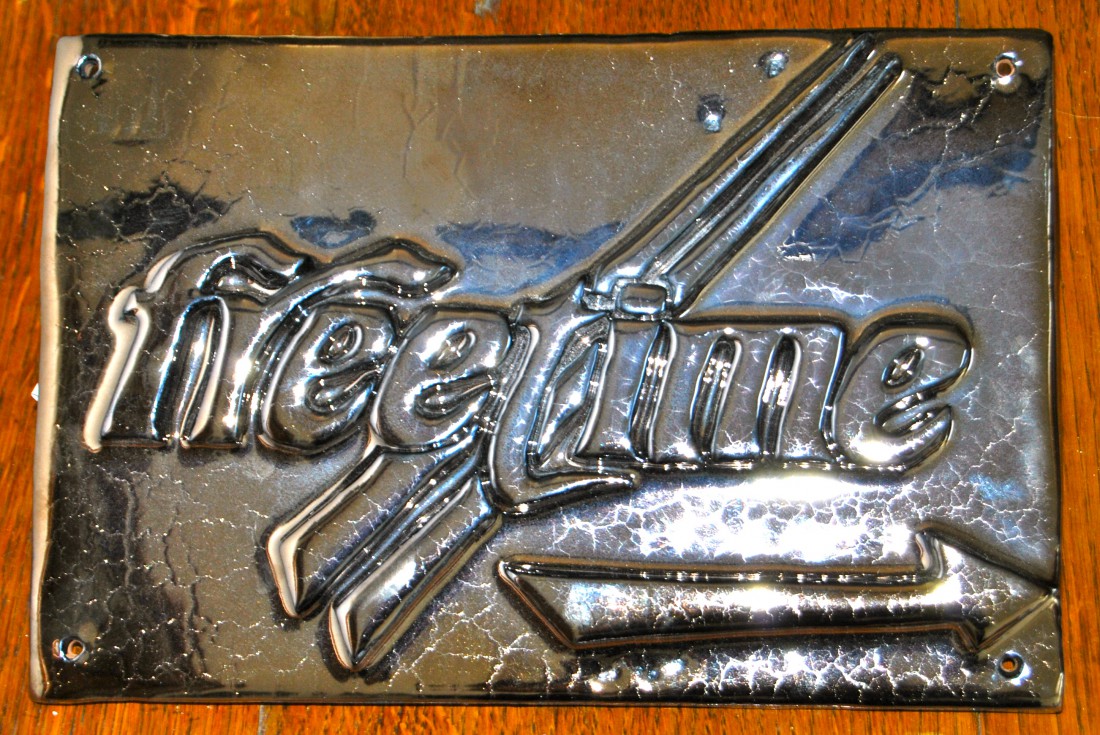
Low relief
In order to make a low relief, first of all you need a proper base with equal dimensions, uniformity and thickness. You can use a Sansepolcro clay, or any other non-white clay since the latter is generally less plastic. Lay the clay on a solid and porous surface (such as raw timber), carefully joining all the pieces, first with a wooden hammer and then with your own fingertips on both sides making sure there is no air inside, until you cover the entire surface. Once you join all the pieces on both sides, level the thickness and the surface using a rolling pin. If some parts are too thin, add some more clay until you get a good and uniform thickness (about 3 cm), considering that a lot of clay will be removed to obtain the low relief.
The low relief is a kind of sculpture where the illustration is represented on a base (marble, stone, bronze, ivory and so on) from which it sticks out of with a reduced relief (when this reduction is consistent, it is called a flat low relief). It creates a raised contrast, giving the sensation of looking at a picture in relief.
Date
5 May 2016
